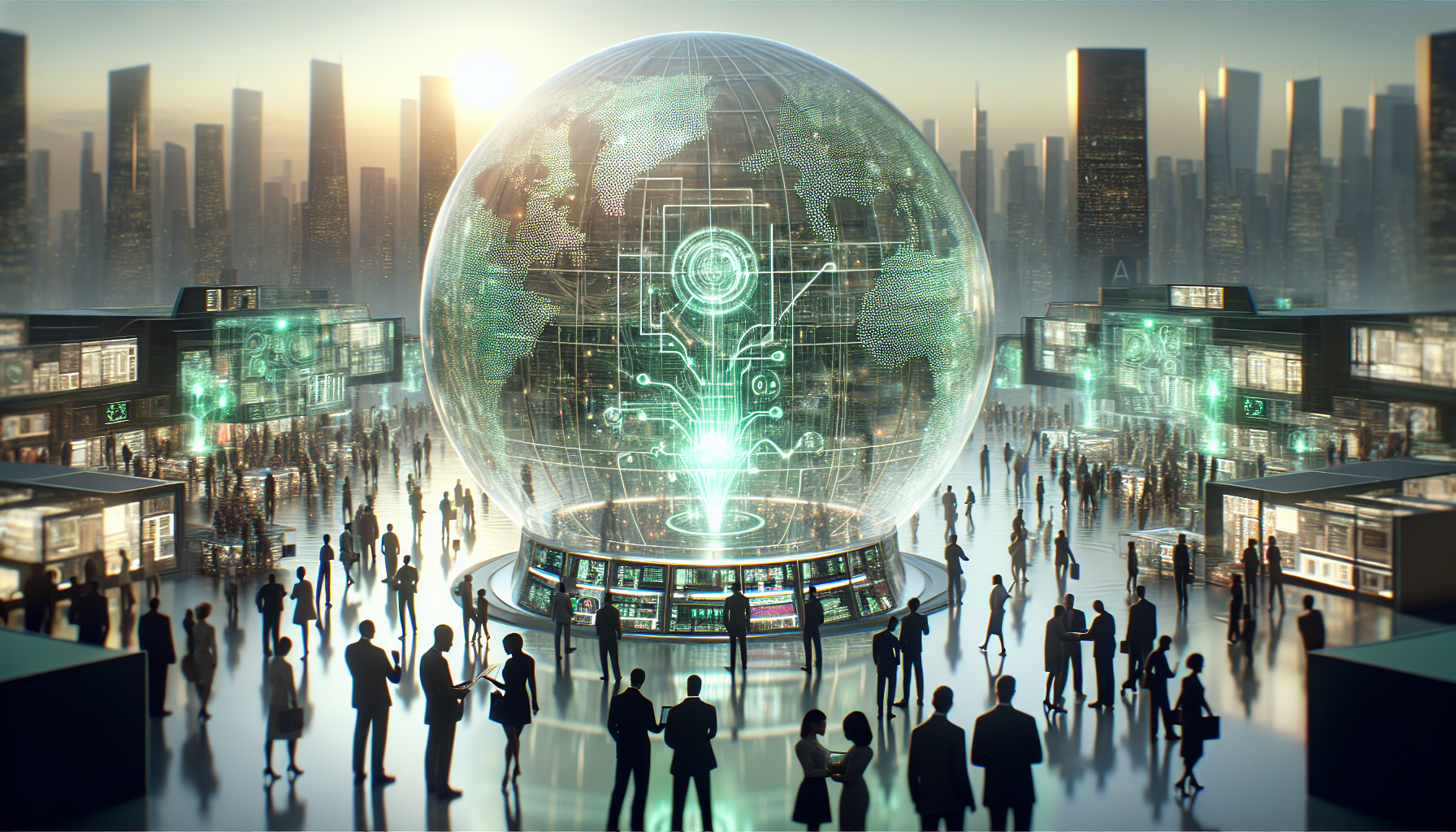
Beyond OpenAI: Is Sam Altman Building the World’s First AI Empire?
Remember the whirlwind five days in November 2023 when Sam Altman was fired, hired by Microsoft, and then triumphantly returned as CEO of OpenAI? The tech world was glued to its screens, watching a corporate drama that felt more like a season finale of Succession. But what if that entire saga, as captivating as it was, was a sideshow to a much grander, more ambitious project? What if Sam Altman isn’t just running an AI company, but is architecting the world’s first, all-encompassing AI empire?
Recent analysis, including a deep dive by the Financial Times, suggests that OpenAI is no longer just a research lab that happens to have a hit product in ChatGPT. It’s becoming the gravitational center of a new corporate solar system—a sprawling network of mutual dependencies that some are calling “AI Inc.” This isn’t just about building better machine learning models; it’s about controlling the entire stack, from the silicon chips that power the AI to the specialized software applications that will redefine every industry.
This is a radical departure from the tech playbook of the last two decades. For years, the dominant model was the horizontal platform—think Apple’s App Store or Microsoft’s Windows. They built the stage, and developers came to perform. What Altman appears to be building is something different, something more akin to the vertically integrated titans of the industrial age, like Standard Oil, but for the age of artificial intelligence.
The New Blueprint: A Vertically Integrated AI Stack
So, what does this “AI Inc.” actually look like? It’s not a single company, but a carefully woven web of strategic investments and partnerships, all designed to reinforce OpenAI’s central position. This empire seems to be built on four distinct, yet interconnected, pillars.
Pillar 1: The Core – OpenAI’s Intelligence Engine
This is the sun at the center of the solar system. OpenAI’s foundational models—the GPT series, DALL-E, Sora—are the core technology that everything else orbits around. This is the “brain” of the operation, the product of billions of dollars in investment and countless hours of research and programming. By creating the most powerful and sought-after AI models, OpenAI establishes an irresistible gravitational pull, attracting developers, startups, and enterprise clients who want to build on the best foundation available.
Pillar 2: The Fuel – Securing the Silicon
An AI model is useless without the immense computational power required to train and run it. The biggest bottleneck in the AI world today is the supply of specialized chips, primarily GPUs from Nvidia. Altman is acutely aware of this vulnerability. His headline-grabbing ambition to raise trillions of dollars for a new chip venture is the most audacious part of this strategy.
While the final form of this venture is uncertain, the goal is clear: to secure a dedicated, massive, and perhaps even proprietary supply of AI hardware. By controlling the production of the very silicon that powers AI, Altman could not only free OpenAI from supply chain constraints but also dictate the terms of access for the entire industry. This is a move to control the digital oil of the 21st century, ensuring the engine of innovation never runs out of gas.
Pillar 3: The Power – Fueling the Future
The data centers that house these power-hungry chips consume an astonishing amount of electricity. As AI models become exponentially larger, their energy demands will skyrocket, posing a major challenge to existing power grids. Altman’s long-term vision addresses this head-on. He is personally the chairman of Helion, a company pursuing nuclear fusion—the


